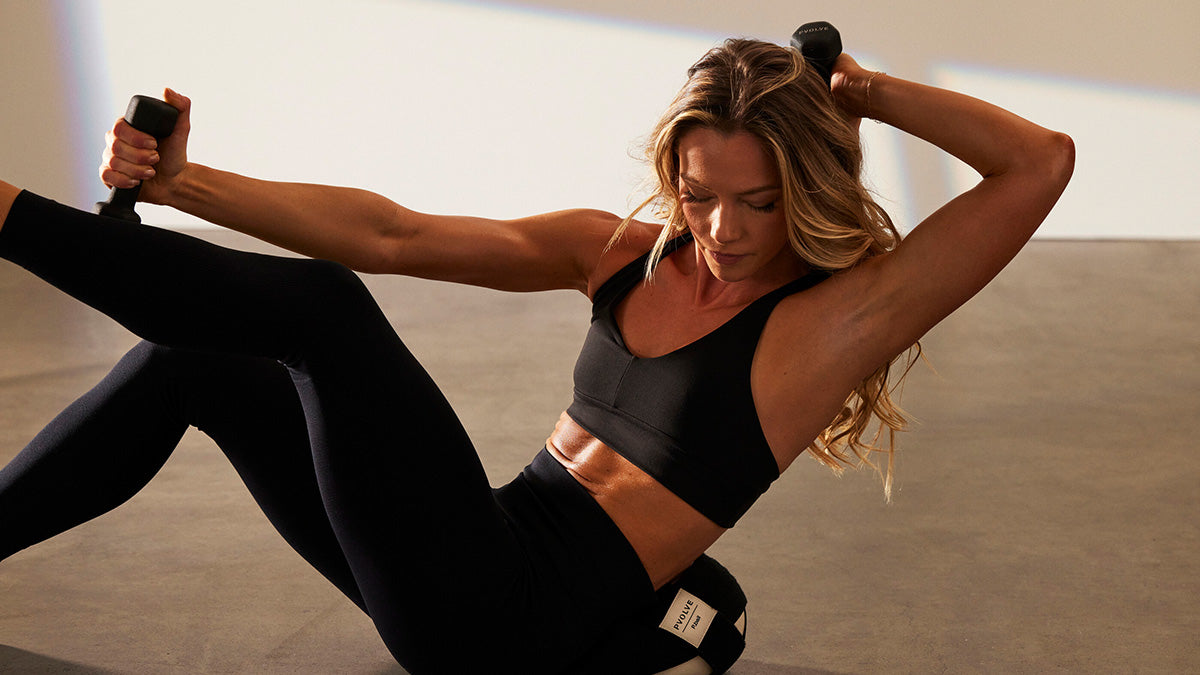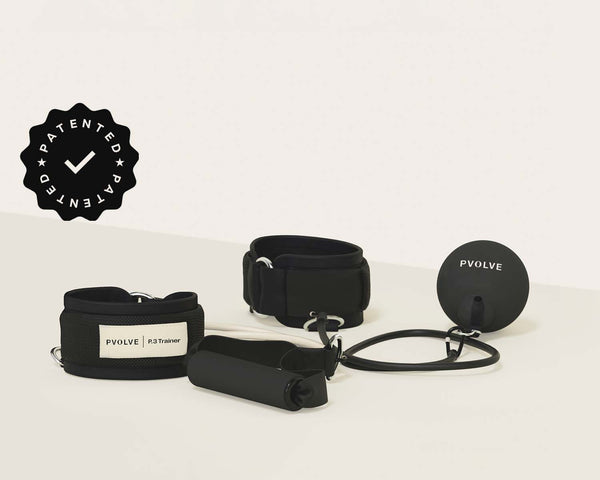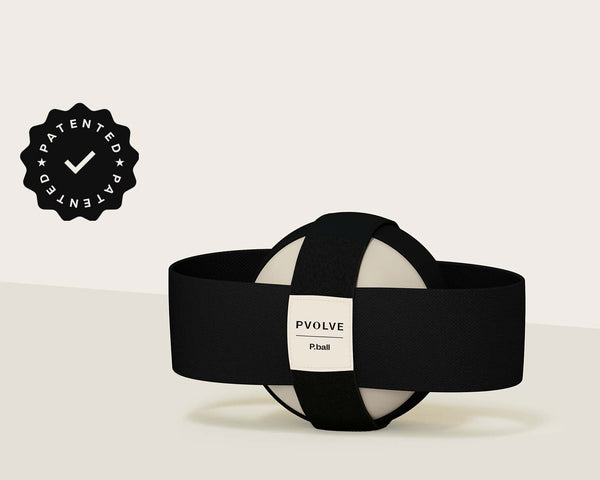We can work all day long to tone the arms with the P.band and glide our way to leaner legs with Gliders, but according to Dr. Amy Hoover, DPT, Chief Physical Therapist and member of the Clinical Advisory Board there’s a whole other area most of us forget about: the pelvic floor. This set of muscles helps support the pelvic organs, and more importantly, can help give your body the balance it requires for life’s daily movements.
Most would probably be surprised to learn that the pelvic floor also includes the core—a major focal point of the Pvolve workout. “All the core muscles (back, abs, pelvic floor) need to work in balance in order to really give you the stability and strength that your body needs. The core is not just your abs!” Dr. Amy explains.
Below, Dr. Amy dives deeper into everything you need to know about the pelvic floor and how the Pvolve Method can work in tandem with other best practices for pelvic floor activation.
What is the pelvic floor, and why is it important for women to pay attention to?
The pelvic floor is a bowl or sling-shaped group of skeletal muscle at the bottom of the pelvis. It plays an important role in supporting the pelvic organs, including the bladder, uterus and rectum in women. It also helps support the functions of these organs, specifically bowel, bladder and sexual function. So it is pretty important! Keeping it strong can help maintain these functions and prevent things like pelvic organ prolapse and urinary incontinence.
How and why is the pelvic floor relevant to the Pvolve method?
The method involves core activation which includes the pelvic floor. Since your pelvic floor is involved in stabilizing your core, it is also important for maintaining good posture and form during your Pvolve workouts.
How can I make sure I’m properly activating these areas?
When you hear the trainers cue for the core, include your pelvic floor. Draw your lower abs in and contract your pelvic floor, and then go into your p.sit. This will help maintain good pelvic and lumbar alignment during class and help to take the stress off of your lower back so that you can perform the moves more effectively.
What about kegel exercises?
A kegel is simply a pelvic floor contraction. If you are doing true isolated kegels, you should not be using your gluteals, abdominals or other hip or thigh muscles. You are tightening the muscles between the sit bones that run from pubic bone to tailbone. As stated above, you need to kegel WITH your abdominal activation and keep your breath moving for ALL core and abdominal work. Work on kegels alone, but include the kegel with your abdominal work.
As always, Dr. Amy suggests starting slow and paying close attention to the tiny details in every Pvolve movement. "Pvolve offers many opportunities to engage your pelvic floor," she says. "Listen when trainers cue for the core, and do this together with kegels!"







































